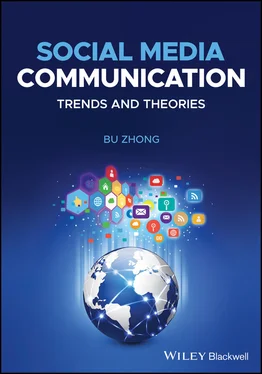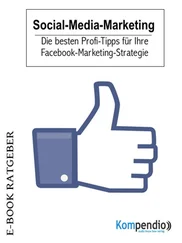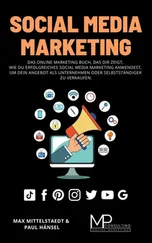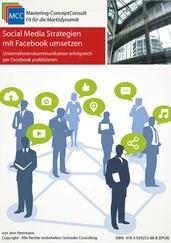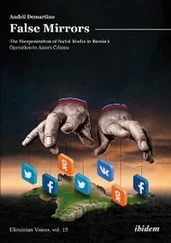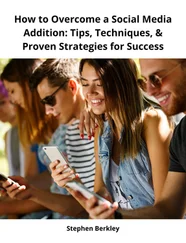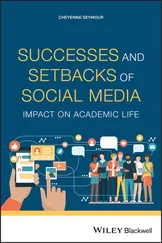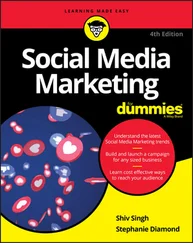Events can differ in terms of dimensions such as time, space, social distance, and hypotheticality as they happen. Human minds tend to treat these varying dimensions of distance in a mentally similar manner. For example, although time and space may be very different types of information, CLT suggests that people treat them interchangeably. Thus, from a psychological vantage point, just as an event one month from now is more distant than an event tomorrow, an event occurring to you is more distant than one occurring directly to me. As events become psychologically closer, information about detailed specifics becomes more available and reliable. CLT suggests that people incorporate this information by engaging in a low-level construal, representing events in terms of their more concrete and idiosyncratic features.
CLT is a widely applicable theory that allows researchers to examine the relationship between psychological distance from an object or entity and the corresponding level of thought, as either abstract or concrete. Scholars have applied CLT to varying domains in recent years through examining the distinction between abstractness and concreteness on individuals evaluations, predictions, and behaviors, including political attitudes (Alper, 2020). Studies examining CLT and political attitudes are broad in scope and have measured how CLT’s psychological distance influences: political polarization, ideological differences, moral values, and political sophistication. Beyond political analysis, CLT has been applied to research studying new mobile and social technological use (Tseng & Hsieh, 2019; Young, 2015).
This chapter introduces the power of social media through the perspectives of some politicians. It then highlights how social media are used in a time of distrust, which may strengthen the “us vs. them” mentality. Social media are a global phenomenon, which were widely adopted by users around the world almost as soon as they were developed. For a better understanding of the social media age, digitization and digitalization are discussed in detail. Finally, the adoption models of traditional media technologies and digital media technologies are compared. The results should serve a reminder that there are serious consequences if some people choose not to study social media in a timely fashion as later users of digital media technologies may not reach the tech level of early users.
In Chapter 2, we will study “Media Technology and Human Civilization.” The chapter will define the terms “social media” and “technology.” It will then analyze the four eras of human civilization, which should lay a solid ground for studying the mechanism of social media impacts. It will also introduce the theory of technological determinism.
1 Where does the power of social media come from?
2 How do social media affect your daily life? Please provide one or two examples.
3 Is the use of social media becoming more important to you this year than last year? Why so?
4 Some people did an experiment of staying away from social media for one full year. Can you imagine you can spend one day or one week without using any social media platforms?
5 Do you notice how traditional and digital media technology are adopted differently in our society?
6 Can you propose a research idea involving social media usage by employing the construal level theory as its theoretical framework?
1 Alper, S. (2020). Explaining the complex effect of construal level on moral and political attitudes. Current Directions in Psychological Science, 29(2), 115–120. https://doi.org/10.1177/0963721419896362.
2 Fuchs, C. (2008). Internet and society: Social theory in the information age. Routledge. http://www.loc.gov/catdir/toc/ecip0719/2007021600.html
3 Gartner. (2021). Digitalization. Gartner Glossary: Information Technology. Retrieved January 1, 2021, from https://www.gartner.com/en/information-technology/glossary/digitalization.
4 Habermas, J. (1991). The structural transformation of the public sphere: An inquiry into a category of bourgeois society. MIT Press.
5 Herndon, A. W. (2020, November 9). Some House Democrats were “sitting ducks.” New York Times. https://www.nytimes.com/2020/11/07/us/politics/aoc-biden-progressives.html.
6 Kirk, R., & Martin, S. A. (2020). Stratagems of hate: Decoding Donald Trump’s denigrating rhetoric in the 2020 presidential campaign. In D. Jackson, D. S. Coombs, F. Trevisan, D. Lilleker, & E. Thorsen (Eds.), U.S. election analysis 2020: Media, voters and the campaign (p. 58). Centre for Comparative Politics and Media Research, Bournemouth University. https://www.electionanalysis.ws/us
7 Kruse, L. M., Norris, D. R., & Flinchum, J. R. (2018). Social media as a public sphere? Politics on social media. Sociological Quarterly, 59(1), 62–84. https://doi.org/10.1080/00380253.2017.1383143.
8 Maglio, S. J., Trope, Y., & Liberman, N. (2013). Distance from a distance: Psychological distance reduces sensitivity to any further psychological distance. Journal of Experimental Psychology: General, 142(3), 644–657. https://doi.org/10.1037/a0030258
9 Short, J. R. (2020). An election in a time of distrust. In D. Jackson, D. S. Coombs, F. Trevisan, D. Lilleker, & E. Thorsen (Eds.), U.S. election analysis 2020: Media, voters and the campaign (p. 41). Centre for Comparative Politics and Media Research, Bournemouth University. https://www.electionanalysis.ws/us.
10 Trope, Y., & Liberman, N. (2010). Construal-level theory of psychologial distane. Psychological Review, 117(2), 440–463. https://doi.org/10.1037/a0018963.
11 Tseng, T. H., & Hsieh, S. H. (2019). Determinants of emoticon usage in mobile instant messaging: A construal level theory perspective. Behaviour & Information Technology, 38(3), 289–301. https://doi.org/10.1080/0144929X.2018.1531927.
12 Young, R. (2015). Source similarity and social media health messages: Extending construal level theory to message sources. Cyberpsychology, Behavior, and Social Networking, 18(9), 547–551. https://doi.org/10.1089/cyber.2015.0050.
13 Zhong, B. (2020). Social consequences of internet civilization. Computers in Human Behavior. 107, Article 106308. https://doi.org/10.1016/j.chb.2020.106308.
2 Media Technology and Human Civilization
LEARNING GOALS
This chapter will help you understand:
What are social media and their major social features?
What is technology determinism?
What are the four eras of human civilization?
KEY CONCEPTS
Social media
Agricultural civilization
Information civilization
Technology determinism
Industrial civilization
Internet civilization
THEORY HIGHLIGHT
Technological Determinism
Social media matter more today than before as they are encroaching on all sorts of human activities, for better or worse. Look around and it is evident that social media have been imposing a revolutionary effect on numerous aspects of human society, bringing us a new life largely inconceivable to those who came before. Today our lives are so saturated with social media that few could afford not to use them. How much are our lives are being changed by social media? We may not come up with a good answer to the question until we pause for a moment and see how much we rely on them every day.
Each semester when I taught a social media course, the first assignment was “Without Social Media,” requiring my students not to use social media for 24 hours and to write a reflection on it. No Facebook, Twitter, Snapchat, or Instagram, but they could still make phone calls, send emails or text messages, and of course, use traditional media like books, TV, and radio. Before the experiment, they were instructed to inform their parents and friends of this assignment so that no one got panicky in the hours when they were out of reach on social media.
Читать дальше
